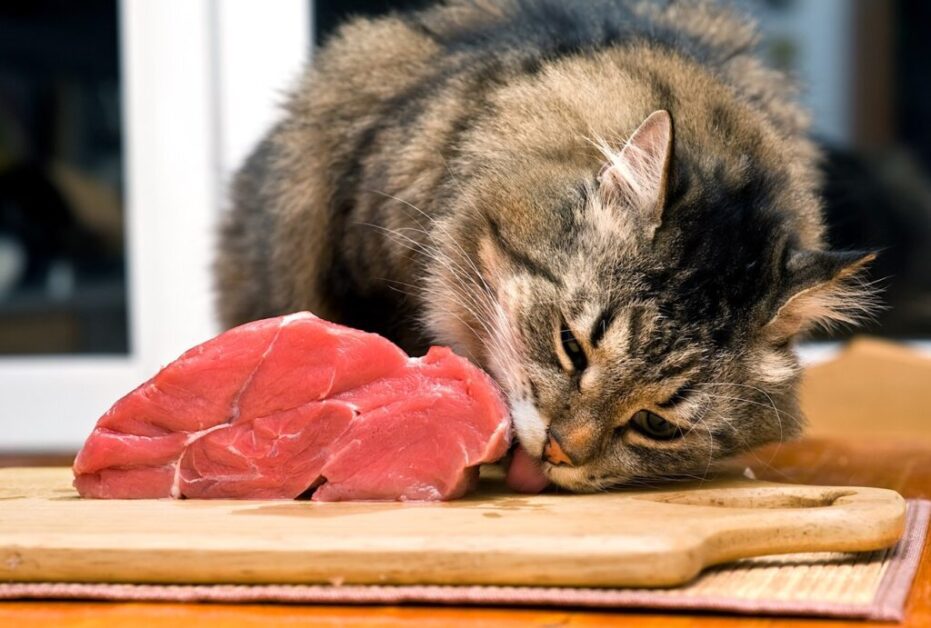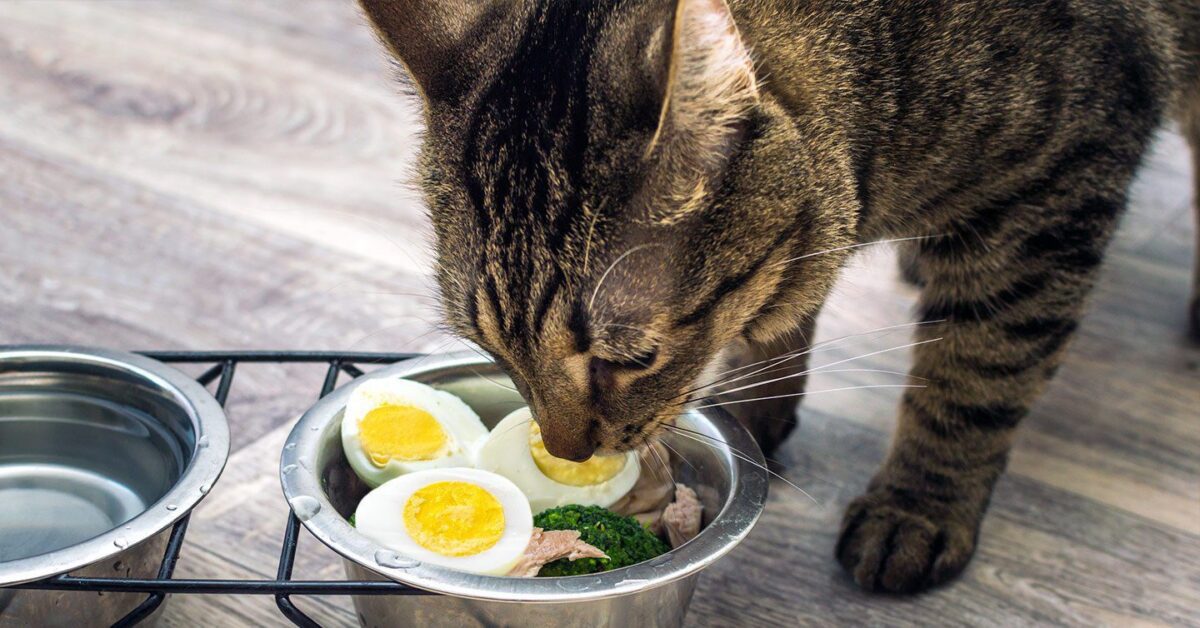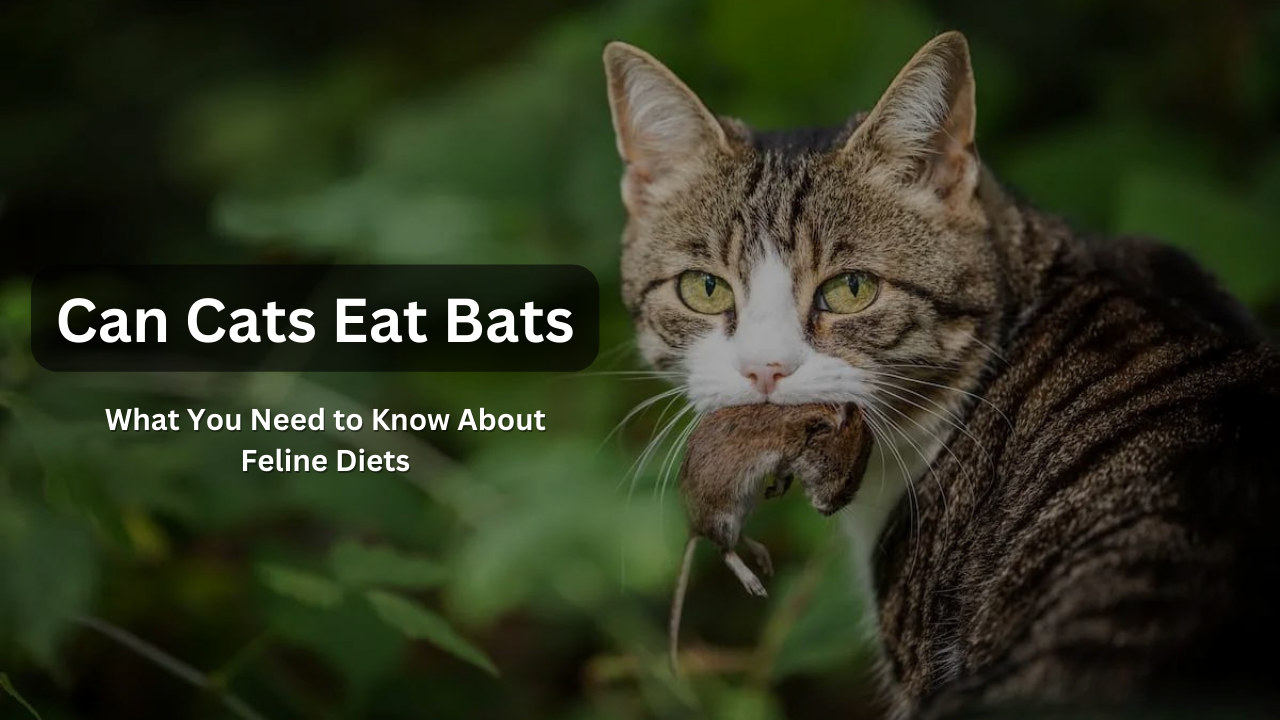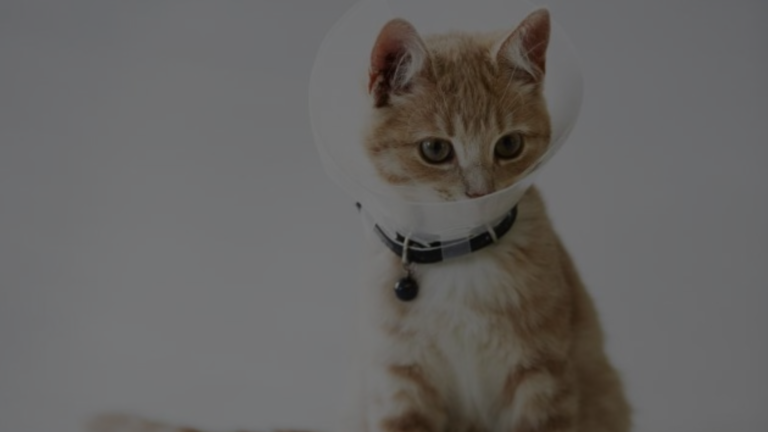Have you ever wondered, “Can cats eat bats?” It’s a curious thought, considering our feline friends’ reputation as hunters. In this article, we’ll explore the fascinating world of cats and bats, addressing common questions and shedding light on the intriguing relationship between these two creatures. Let’s dive in to unravel the mysteries of whether cats are known to consume bats and what implications this might have for our beloved pets.
Cats as Natural Predators
Cats have a natural knack for hunting, but the question remains: do cats eat bats? Let’s explore the predatory instincts of our feline companions and see if bats make it onto their menu.
Cats’ Instinctual Hunting Behavior
From the sleek domestic tabby to the wild big cats roaming the savannah, cats’ hunting prowess is undeniable. Their sharp claws, keen eyesight, and agile bodies make them effective hunters. Cats are hardwired to hunt small animals, and although bats are not on their daily menu, their predatory instincts can sometimes lead to interesting encounters.
Range of Prey for Domestic Cats
Domestic cats typically target smaller prey like mice, birds, and insects. Bats, being nocturnal and airborne, aren’t common targets for our house-dwelling feline friends. However, the occasional curiosity or chance encounter might lead a cat to interact with a bat. Understanding the natural range of prey for cats helps paint a clearer picture of the dynamics between cats and bats.
Rare Instances of Cats Eating Bats
While it’s not a regular occurrence, there have been rare instances where cats have been observed eating bats. Cats are opportunistic eaters, and their curious nature might lead them to explore unusual food sources. However, such instances are exceptions rather than the rule, and the typical cat diet consists of smaller land-dwelling animals.
The Nocturnal Nature of Bats
Ever wondered about the nighttime habits of bats and how they align with a cat’s hunting instincts? Let’s explore the nocturnal world of bats and understand how it intersects with a cat’s natural behavior.
- Understanding Bats’ Activity Patterns: Bats, unlike cats, are creatures of the night. Their nocturnal lifestyle means they’re most active during the dark hours, precisely when our feline friends may be prowling or taking a catnap. This difference in activity patterns raises questions about the likelihood of cat-bat interactions.
- Nighttime Hunting Behaviors of Cats: Cats, being crepuscular hunters (most active during dawn and dusk), might not always cross paths with bats during their nightly adventures. However, the allure of nocturnal sounds, smells, and movements may catch a cat’s attention, leading to a potential rendezvous with a bat.
- Factors Influencing Cat-Bat Interactions: Several factors come into play when considering whether cats and bats might encounter each other. The geography, the availability of bats in the area, and the specific hunting behaviors of individual cats all contribute to the complexity of this nocturnal dance between predator and potential prey. Understanding these factors helps paint a more nuanced picture of the dynamics between our curious cats and elusive bats.
The Basics of Feline Nutrition
Before we explore whether cats can eat bats, let’s establish a solid foundation regarding feline nutrition. Cats are obligate carnivores, meaning their diet primarily consists of meat. They have specific dietary requirements that are crucial for their overall health and well-being.
Protein-Packed Predators
Cats are skilled hunters in the wild, and their bodies have evolved to thrive on a diet rich in animal protein. Protein is essential for maintaining muscle mass, and it provides cats with energy for their daily activities. Therefore, it’s vital to ensure that your cat’s diet contains a sufficient amount of high-quality animal-based protein.

The Importance of Taurine
Taurine is an amino acid that is crucial for cats. Unlike some other animals, cats cannot synthesize enough taurine on their own. A deficiency in taurine can lead to severe health issues, including heart problems and vision impairment. Commercial cat food is formulated to meet this essential dietary need.
Avoiding Toxic Foods
Now, back to the question at hand: Can cats eat bats? The short answer is no. Bats can carry diseases like rabies, which are dangerous for both cats and humans. Feeding your cat bats or any wild animals is not only unsanitary but also poses significant health risks.
Potential Dangers of Cats Consuming Bats
Cats’ playful nature sometimes extends to interacting with bats, but what are the risks associated with cats consuming bats? Let’s delve into the potential dangers and health concerns involved.
Disease Risks – Rabies and Other Concerns
One significant danger of cats eating bats is the potential transmission of diseases, with rabies being a primary concern. Bats are known carriers of this viral disease, and a bite or scratch from an infected bat could pose serious health risks to both cats and humans. Additionally, other diseases carried by bats may also be transmitted to cats through consumption.
Do you know that cat died after a bath sometimes.
Cat Saliva and Bat Infections
Even if a cat only plays with a bat, the danger is not gone. Bats’ thin skin is sensitive to scratches and bites, and any contact with cat saliva introduces the possibility of infection. Understanding these risks of disease transmission emphasizes the importance of preventing cat-bat interactions.
Veterinary Perspective on Cats and Bat Consumption
From a veterinary standpoint, any interaction between cats and bats raises red flags. Veterinarians stress the importance of prompt attention if a cat has been in contact with a bat, as early detection and intervention can mitigate the risks associated with potential diseases. Regular veterinary check-ups become crucial to ensure the ongoing health of cats that may have encountered bats.

How Cats Hunt Bats
Cats are skilled hunters, but capturing flying bats poses a unique set of challenges. Let’s delve into the tactics cats employ when hunting bats and the more common scenario of cats playing with these nocturnal creatures.
Cat’s Hunting Techniques
Cats employ a range of hunting techniques when pursuing prey. From stalking to pouncing, their agility and sharp reflexes make them formidable hunters. When it comes to bats, however, the challenge lies in the airborne nature of these creatures. Cats may use a combination of stealth and sudden bursts of speed to try and catch bats mid-flight.
Challenges of Capturing Flying Bats
Bats’ ability to fly adds an extra layer of complexity to the cat-bat dynamic. Unlike land-dwelling prey, bats can swiftly change direction, making them elusive targets. The chase might resemble a playful game for the cat, with the bat’s erratic flight patterns triggering the cat’s instinct to pursue and capture.
More Common: Cats Playing with Bats
While the idea of a cat successfully hunting and consuming a bat is rare, playing with bats is a more common scenario. Cats might bat at a grounded or injured bat, exhibiting their natural instinct to engage with moving objects. Understanding these playful interactions helps differentiate between hunting for sustenance and playful feline antics.
Comparative Speed of Cats and Bats
Ever wondered which is faster – a cat or a bat? Let’s explore the speed dynamics between these two creatures and understand how it influence their interactions.
Cat Speed and Agility
Cats are known for their remarkable speed and agility. Whether gracefully leaping from one surface to another or swiftly chasing prey, cats showcase impressive athletic abilities. Their agile movements are adapted for capturing smaller land-based prey, showcasing a different set of skills compared to the aerial maneuvers of bats.
Understanding Bat Flight Characteristics
Bats, on the other hand, boast unique flight abilities. Their wings allow for quick changes of direction and sustained flight, making them adept at avoiding terrestrial predators. The combination of echolocation and flight agility makes bats challenging targets, even for the most agile predators.
Likelihood of Successful Cat-Bat Interaction
Given the distinctive speed dynamics, successful interactions between cats and bats are less likely to involve high-speed chases. Instead, scenarios where a cat plays with a grounded or injured bat are more common. Understanding these speed dynamics provides insight into the nuances of cat-bat interactions and the factors that influence their outcomes.

Can Bats Make Cats Sick?
Cats’ curiosity might lead to interactions with bats, but what are the health implications for our feline friends? Let’s delve into whether bats can make cats sick and the potential risks associated with such encounters.
Health Risks Associated with Bat Consumption
The consumption of bats by cats raises concerns about potential health risks. Bats can carry various diseases, and if a cat ingests or even plays with a bat, there’s a risk of disease transmission. Rabies is a primary concern, but other viruses or pathogens carried by bats could also pose threats to a cat’s well-being.
Signs of Illness in Cats After Interaction with Bats
Detecting signs of illness in cats following an interaction with bats is crucial. Changes in behavior, appetite, or unusual symptoms should prompt immediate veterinary attention. Cats may not show immediate signs of illness, making regular veterinary check-ups essential for early detection and intervention.
Importance of Prompt Veterinary Attention
Veterinarians emphasize the importance of swift action if a cat has had contact with a bat. Early intervention can prevent the progression of potential diseases, ensuring the health and well-being of the cat. Regular veterinary check-ups become a preventive measure, especially for cats with a history of bat encounters.
How Bats Protect Themselves From Predators
Bats, despite their delicate appearance, have evolved unique strategies to fend off predators like cats. Let’s explore the defensive mechanisms that bats employ and how they navigate the challenges posed by their feline adversaries.
Bat Defensive Mechanisms
Despite their small size, bats have developed several defensive mechanisms to protect themselves from predators. Echolocation, their ability to emit high-frequency sound waves and interpret the returning echoes, helps them navigate in the dark and detect potential threats, including approaching cats. This sophisticated system enhances their chances of evading predators.
Strategies to Evade Predators, Including Cats
Bats are not passive in the face of danger. Their agile flight allows for quick evasive maneuvers, making it challenging for ground-based predators like cats to capture them. Bats often take advantage of their ability to fly in intricate patterns, making it difficult for cats to predict their movements and launch successful attacks.
Natural Balance in the Ecosystem
The cat-and-bat dynamic is a part of the intricate balance of nature. While cats exhibit their predatory instincts, bats, in turn, employ strategies to avoid becoming prey. This delicate equilibrium contributes to the functioning of ecosystems, highlighting the interconnectedness of different species and the evolutionary adaptations that shape their survival. Understanding these dynamics fosters an appreciation for the role each species plays in maintaining ecological balance.
Rabies Concerns
Cats and bats share spaces, but what about the risk of rabies? Let’s explore the potential for cats contracting rabies from bats, the transmission process, and preventive measures.
Can Cats Get Rabies from Bats?
Rabies, a viral disease affecting the nervous system, is a major concern when considering interactions between cats and bats. Although it is rare for domestic cats to contract rabies from bats, the possibility exists if the bat is carrying the virus. Understanding transmission dynamics is critical to responsible pet ownership.
Transmission of Rabies from Bats to Cats
The transmission of rabies typically occurs through bites. If a bat bites a cat and is carrying the rabies virus, there’s a risk of transmission. It’s essential to note that the mere presence of a bat does not automatically mean rabies transmission. However, any interaction with bats, especially bites or scratches, should be treated seriously.
Preventative Measures and Vaccination
Preventing rabies in cats involves vaccination. Keeping cats up-to-date on rabies vaccinations is a fundamental step in safeguarding their health. Responsible pet owners should work closely with veterinarians to establish vaccination schedules, especially for cats that may have exposure to potential rabies carriers like bats. Regular vaccinations contribute to the overall well-being of cats and help mitigate the risks associated with potential diseases.
What to Do If Your Cat Catches a Bat
Cats are curious creatures, and if your feline friend happens to catch a bat, quick and appropriate action is crucial. Let’s explore the steps to take if your cat catches a bat, ensuring the safety of both your pet and your household.
Immediate Actions to Take
In the event your cat catches a bat, swift action is paramount. Firstly, approach the situation with caution. Ensure that the immediate environment is safe, and if possible, separate the cat from the bat to prevent further interaction. Avoid direct contact with the bat, as this minimizes the risk of potential disease transmission.
Keeping Other Pets and Humans Safe
While addressing the situation with the cat and the bat, it’s essential to consider the safety of other pets and humans in the household. If the bat is suspected of carrying diseases, minimizing exposure to saliva or other bodily fluids is crucial. Keep other pets away from the area and ensure that humans follow necessary safety precautions.
Seeking Professional Assistance
Contacting a professional, such as wildlife rehabilitation or animal control, is a wise move. These experts have the knowledge and tools to safely handle potential disease carriers such as bats. Also, consult your veterinarian immediately. They can guide the steps necessary to ensure your cat’s health and well-being, including possible testing for diseases and proper vaccinations.
5 Human Foods Safe for Cats
While cats have specialized dietary requirements, certain human foods can be safely incorporated into their diet in moderation. These foods can provide some variety and added nutrients to your cat’s meals.
Cooked Meat
Cooked meats such as chicken or turkey, without seasoning or additives, can be a tasty and safe treat for your cat. Ensure the meat is boneless and well-cooked to prevent any choking hazards or digestive issues.

Steamed Vegetables
Some cats may enjoy small portions of steamed vegetables like carrots or peas. These can add fiber and essential vitamins to their diet. Always ensure that the vegetables are thoroughly cooked and cut into bite-sized pieces.

Plain Rice
Plain, cooked rice can be beneficial for cats with digestive issues. It’s gentle on their stomach and can help alleviate diarrhea. However, rice should only be given occasionally and in small amounts.

Eggs
Eggs are a good source of protein for cats. Scrambled or boiled eggs, without any seasoning, can be a nutritious addition to their diet. Be sure to cook the eggs thoroughly and avoid adding any salt or butter.

Catnip
Catnip, a herb in the mint family, is known to induce playful behavior in cats. It’s safe for most cats and can be sprinkled on their toys or scratching posts for added enjoyment.

Conclusion
As we conclude our exploration into the intricate relationship between cats and bats, it’s essential to recap the key points and emphasize responsible pet ownership in the face of potential interactions.
In unraveling the question “Do cats eat bats?” we’ve navigated through the instincts of cats, the unique characteristics of bats, and the potential risks associated with their interactions. Understanding the dynamics between these creatures sheds light on the delicate balance of nature and the role each species plays in the ecosystem.
The responsibility falls on pet owners to be vigilant and proactive in ensuring the safety of their cats, especially in environments where interactions with wildlife are possible. Regular veterinary check-ups, vaccinations, and prompt action in the event of cat-bat encounters are integral parts of responsible pet ownership.
Resources & References
Recommended Articles
Recommended Video
Human Foods That Are Good for Cats
Remember, a well-informed and caring approach to your cat’s nutrition is key to ensuring they live a happy and healthy life by your side. For more information on feline nutrition and care, consider watching this YouTube video to further enhance your understanding of your furry companion’s dietary needs.
FAQs – Can Cats Eat Bats
What happens if a cat eats a bat?
If you think your cat has eaten a bat, it is important to take them to the vet immediately. The vet will be able to test your cat for rabies and provide treatment if necessary.
Can cats get sick from eating bats?
Yes, cats can get sick from eating bats. Bats can carry a variety of diseases, including rabies, which is fatal to both cats and humans. If you think your cat has eaten a bat, it is important to take them to the vet immediately.
Is it normal for cats to catch bats?
It is not normal for cats to catch bats, but it can happen. Cats are natural predators, and they may be attracted to bats because of their small size and erratic flight patterns.
Do wild cats eat bats?
Wild cats do eat bats, but they are less likely to do so than domestic cats. This is because wild cats have a wider variety of prey to choose from.
Will my cat get rabies from a bat?
Your cat is unlikely to get rabies from a bat if it is up to date on its rabies vaccinations. However, if you think your cat has been exposed to rabies, it is important to take them to the vet immediately.
Are bats harmful to pets?
Bats can be harmful to pets because they can carry diseases. They can also bite and scratch, which can cause infections.
Are bats afraid of cats?
Bats are afraid of cats because cats are their natural predators. If a bat sees a cat, it will usually try to fly away.
What happens if a cat eats a bat with rabies?
If a cat eats a bat with rabies, the cat will likely get rabies. Rabies is a viral disease that attacks the brain and spinal cord. It is almost always fatal, and there is no cure.







